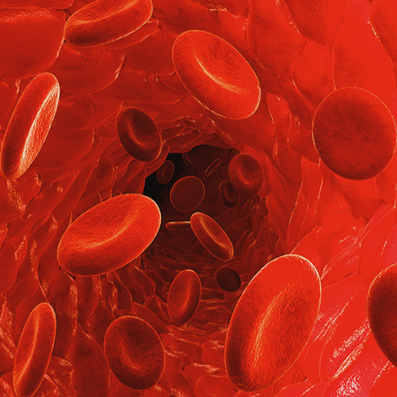
Our bodies have powerful built-in defenses in the form of the immune system, but sometimes it needs an extra push. Chimeric Antigen Receptor (CAR) T cell therapy involves reprogramming T-cells to hunt down cancer, which has been effective against blood cancers but not so much against solid tumors. Now, scientists at MIT have found a way to supercharge the technique with a vaccine booster.
CAR-T cell therapy involves removing T cells from a patient, programming them to target proteins found on the surface of cancer cells, then reintroducing them to the body. The technique has proven successful against some forms of leukemia but hasn’t translated well to other types of cancer, particularly solid tumors.
So MIT researchers set out to find a way to boost the effectiveness of CAR-T therapy. Their hypothesis was that the T cells might be shut down by the suppressive environment that tumors tend to build around themselves. They decided to investigate whether a vaccine could help the immune system get through those defenses.
The vaccine they created is designed to rally the CAR-T cells in the lymph nodes to fight the tumor. To do so, the vaccine contains a fatty molecule called a lipid tail that lets the drug travel straight to the lymph nodes, and once there, the active ingredient is an antigen that sends the T cells after the cancer.
“Our hypothesis was that if you boosted those T cells through their CAR receptor in the lymph node, they would receive the right set of priming cues to make them more functional so they’d be resistant to shutdown and would still function when they got into the tumor,” says Darrell Irvine, senior author of the study.
As promising as the research sounds so far, it’s worth keeping in mind that it was successfully performed in mice, and might not translate to humans. That said, the team did preliminary tests with human T cells in the lab, and found that it works, which is a good first step towards human in vivo tests.
The team is hopeful that the technique could see human clinical trials in the next year or two.
